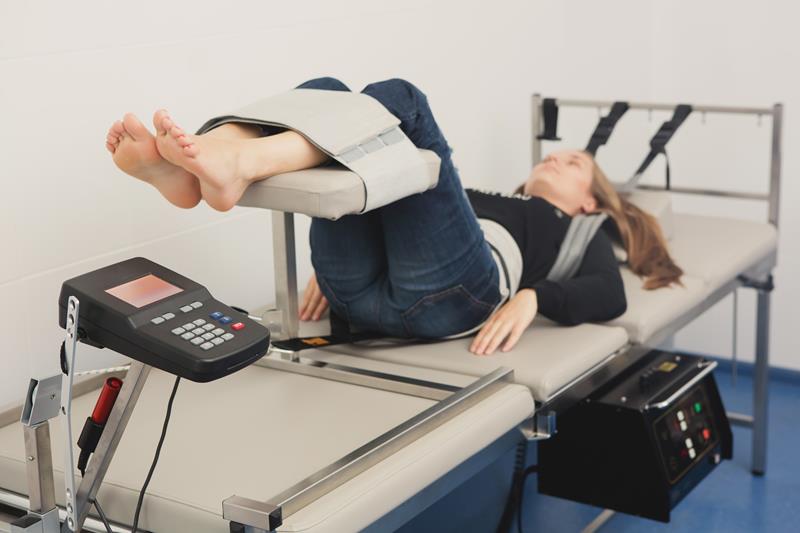Spinal decompression is a non-surgical treatment designed to relieve pressure on the spine. It is often used to manage pain caused by herniated discs, which occur when the soft center of a spinal disc pushes through its outer layer. This condition can irritate nearby nerves and lead to chronic discomfort or reduced mobility. Spinal decompression works by gently stretching the spine, creating space between vertebrae, and easing that pressure on the affected discs and nerves.
Relieving Nerve Compression
One of the primary goals of spinal decompression is to reduce nerve compression caused by herniated discs. When a disc bulges or herniates, it can press on surrounding spinal nerves, leading to pain, tingling, or numbness in the arms or legs. The decompression process helps alleviate this pressure by increasing the space in the spinal column, allowing the disc material to retract slightly and reduce irritation. This reduction in nerve pressure can lead to a noticeable improvement in function and comfort. Many patients report less radiating pain and more flexibility after just a few sessions.
Promoting Nutrient Flow and Healing
Decompression not only creates more space but also encourages blood and nutrient flow to the damaged disc. Herniated discs often suffer from reduced circulation, which limits their ability to heal. As decompression stretches the spine, it creates a vacuum effect that draws nutrients, oxygen, and fluids back into the disc. This influx of nutrients supports the natural repair process, helping the disc heal more efficiently. Over time, patients may notice less inflammation and increased spinal strength, contributing to longer-lasting relief.
One of the advantages of decompression is that it offers a non-invasive alternative to surgery. For individuals who are not ready for or do not qualify for surgical intervention, this therapy presents a low-risk option for symptom management.
By avoiding surgery, patients reduce their recovery time and eliminate the risks associated with anesthesia or incisions. Decompression is often combined with other conservative treatments like physical therapy or chiropractic care. Together, these approaches offer a well-rounded path to managing herniated disc symptoms.
Supporting Long-Term Spine Health
In addition to immediate symptom relief, spinal decompression also helps protect the spine from further injury. By improving alignment and posture, it reduces the strain on surrounding muscles and joints. This added support can prevent other discs from becoming compromised in the future. Patients who undergo spinal decompression often gain a better understanding of how to maintain their spine health through exercise and posture awareness. These lifestyle changes enhance the therapy’s long-term benefits.
Not all cases of herniated discs require the same approach. Decompression allows for personalization depending on the severity of the condition, the patient’s physical condition, and their treatment goals. Care providers can adjust the angle, force, and duration of each session to meet specific needs. This adaptability makes decompression a suitable option for a wide range of patients, from athletes recovering from injury to older adults managing age-related disc degeneration.
Schedule a Spinal Decompression Consultation
Spinal decompression addresses the root cause of pain from herniated discs—pressure on the spine and surrounding nerves. By gently stretching the spine, it relieves discomfort, supports natural healing, and offers a surgery-free path to recovery. It is a valuable option for those seeking a conservative approach to spinal care and a step toward long-term relief and mobility.


Leave a Reply